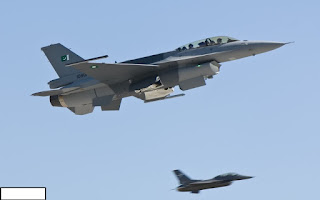Aviation with Tailless Aircrafts
Aviation who dare to dream are visionaries In aviation, those who dare to dream are either visionaries or insane. The long road of aviation history is filled with dead-end side roads of designs that simply boggle the mind. Those designs aren't just limited to fanciful thinking by eccentrics, either. Lockheed in the late 1960s devoted a surprising amount of effort to one of my favorite designs that most certainly falls into the "YGBSM" category ( "You Gotta Be Sh*tting Me"- the unofficial motto of the USAF Wild Weasels, allegedly what was said by the pilots and WSOs who attended the first briefing on what was then a secret project ). At the time Lockheed's Skunk Works had been looking at the feasibility of building an ultra-large transport for the US military and heading into the early 1970s the design evovled into the CL-1201 tailless aircraft that would have been for lack of a better description, a flying aircraft carrier. The CL-1201 would have wei



